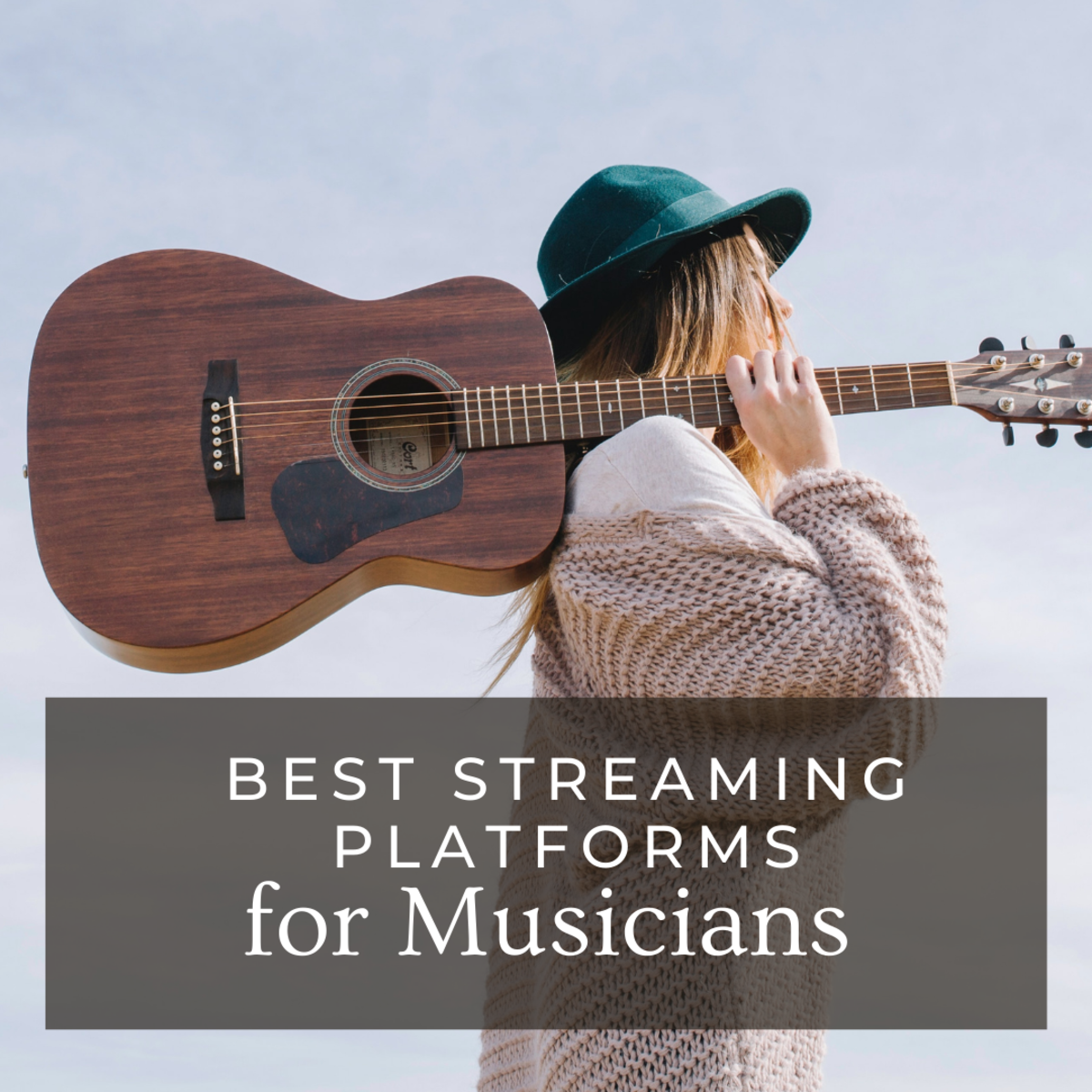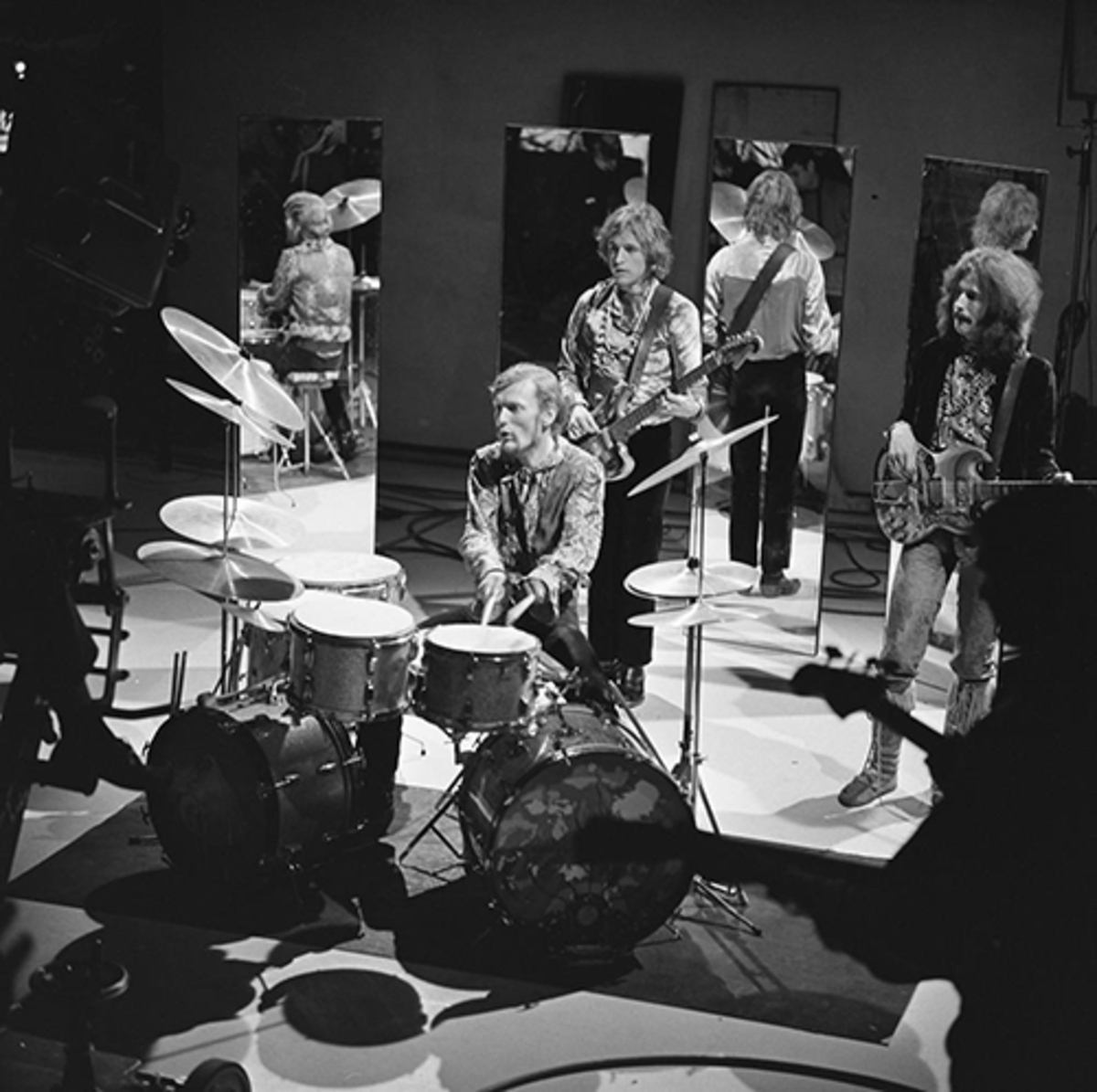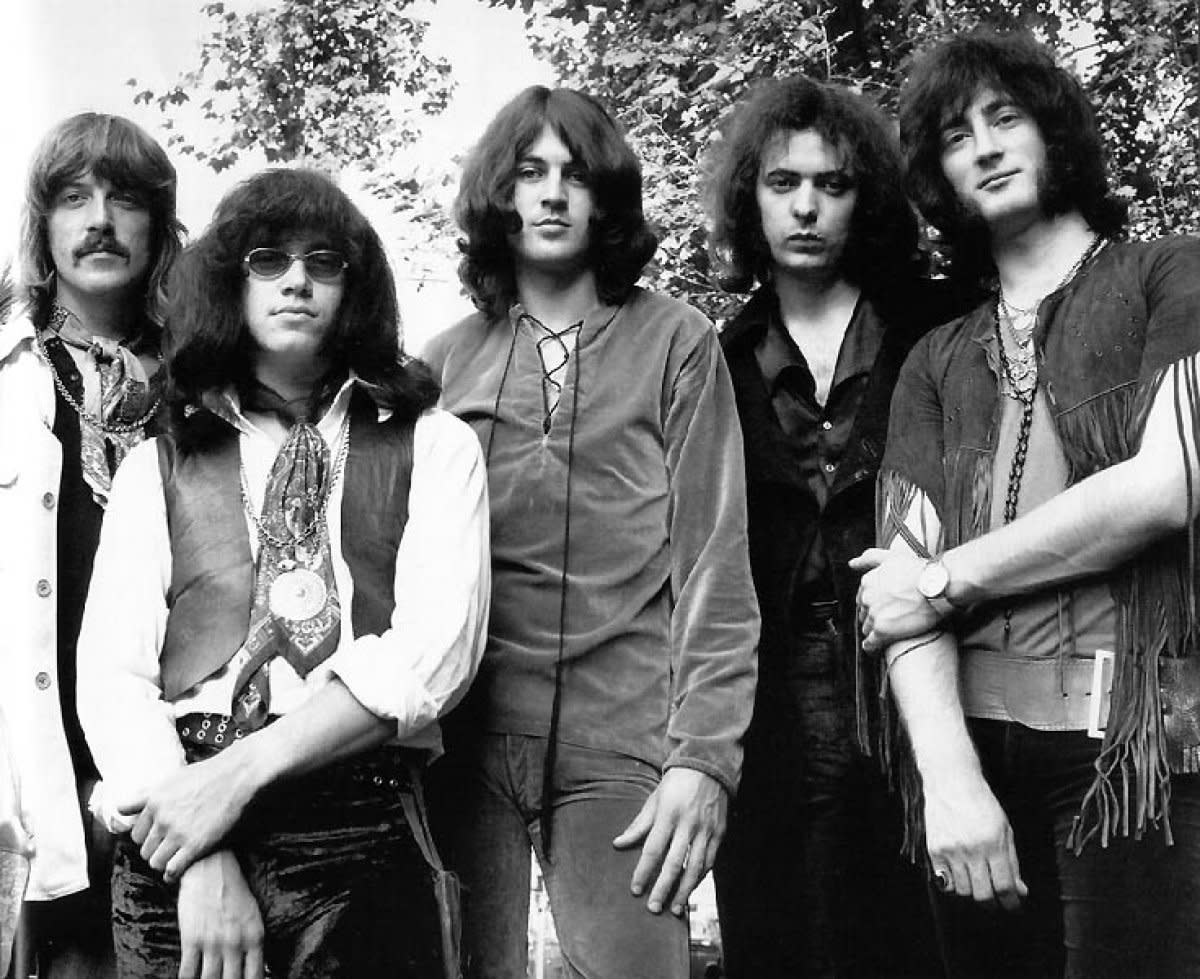Is Downloading Music Illegal?
Music is an escape. It’s a way for people to step away from their daily lives and unwind. It’s an outlet for expression and emotion, and, for many people, something they can’t go a day without. Over hundreds of years, music has evolved and grown, and continues to do so with no end in sight. For the artists we know and love today, music is their source of income, often their only source. It is for this reason that, with the emergence of the availability of music on the Internet, a debate has risen over whether or not downloading music from the Internet is equivalent to theft. As a music fanatic myself, I do not believe this to be true.
Online, there are more websites to access music than one person can count. There are online radio stations like Pandora, music video websites like VEVO, streaming websites like Spotify, and so many more. Many of these websites require a subscription or a payment for each individual song and album, but others don’t. In 1999, an online service was created called Napster. Napster allowed individuals to share music with each other, and download mp3 (music) files from the Internet. The artists of the music made no profit from their art, and, outraged, demanded royalties for their work.
Though Napster has since been shut down and reemerged as a paid service, its legacy lives on. Music lovers have developed and discovered numerous ways in which they can have access to music without having to spend $1.29 for every song like iTunes demands. For many people, their bank account just can’t support their love of music.
LimeWire is an example of a software released that is similar to Napster, and has allowed consumers to illegally download music. However, with each coming year, it is becoming more and more popular to pay for one’s music, or to use websites or applications that pay the artists. The three biggest names for this are Pandora, Spotify, and Apple.
As pirating music gained popularity, fewer people were willing to spend their money on iTunes or physical CDs to listen to music. They sought out alternatives on the internet and many settled on an online radio website called Pandora. Through simply selecting a song or an artist, Pandora searches through its vast music library and finds other songs and artists that are similar. If an individual is willing to listen to some advertisements every once in a while, the software is completely free, but the company does offer a paid subscription as well for $4.99/month. Though many people still love Pandora, there is no option on the website to select a specific song or songs that a user might want to listen to, a selling point that was highly important for the iPod, so, as new alternatives began to emerge, Pandora’s popularity dwindled.
Artists had little to no hesitation selling their music to be used on Pandora. It’s hard to find an artist who isn’t in the database. 50% of the royalties go to the owner of the sound recording, 45% to the artists, and the remaining 5% to the musicians and backup singers. Unlike many other online music options, Pandora doesn’t pay artists based on how many times their songs are played. Instead, they give the artists a set amount per year which then gets distributed based on the percentages above.
A few other music services came and went, but the next big name after Pandora was Spotify. Spotify’s mission is to provide fans of music with a legal solution to getting their music, while generating money for the artists they know and love. They want to persuade music fans to turn away from illegal downloading and pay for music again. Similar to Pandora, Spotify offers free services accompanied by ads, but consumers can also pay $9.99/month for full access and no ads with the premium membership. As of December 2014, Spotify had over 60 million users, more than 15 million of which were premium members, and 58 countries used the software. The more users that Spotify has, the more money Spotify makes, and, therefore, the more money Spotify has to pay the artists.
Each time a song is played on Spotify, it generates money, but they don’t calculate royalties based on this “per play” rate. The amount of money an artist makes on Spotify depends on four things: which country the songs are being played in, how many of the listeners have upgraded to a premium membership, how much a premium membership costs in regards of different currencies in different countries, and the royalty rate of an artist. On average, an artist on Spotify makes between $0.006 and $0.0084 each time one of their songs is streamed. Because this is an average, it takes into account premium members and non-premium members. Members who have upgraded to premium generate more money for artists than those who have not.
Apple recently released in June of 2015 a software available on iTunes extremely similar to Spotify known as Apple Music. Their main selling point is that artists are more inclined to choose to have their music through Apple because Apple will pay them more per stream of their song than Spotify will. However, many view Apple Music as coming in a tad too late to the game. Spotify has been around for a while since 2006, and already has a huge fanbase. Despite the fact that Spotify users can’t listen to Taylor Swift because, like a handful of other artists, she doesn’t allow her music to be accessible on the app, music fans seem to prefer the options that Spotify offers over what Apple Music has released. For example, Apple Music has created Connect which allows users to interact with their favorite artists. Artists can exclusively share content with their fans that cannot be accessed anywhere but through Apple Music. Basically, Apple has provided a social network exclusively for music lovers. However, Spotify users don’t believe this to be necessary since Twitter is still a huge platform used to connect with not only friends, but also celebrities. Spotify, on the other hand, offers Discover Weekly, a playlist two hours long where users can find new songs to love based on what they already listen to.
Fortunately for artists, music websites are not their only source of income. Concerts are typically where they make the most money. The manager of artists including Alanis Morisette and LeAnne Rimes states, “The top 10% of artists make money selling records. The rest go on tour.” For many of today’s musicians, the music industry is too competitive for them to make enough money selling records alone, so even the most unknown of artists go on tour. They can’t all be as big as Jay-Z who makes around $100,000 per performance, over $1,000/min for an hour long show. Jay-Z may be in the extreme minority for the amount of money he makes during live performances, but he didn’t get to where he is today on luck alone, and the same can be said for nearly all of today’s big artists. Justin Bieber, who was discovered on YouTube, wouldn’t be the giant star he is if he didn’t have talent. Unfortunately, not every talented YouTube singer can make it big, so luck does play a part in it.
With each coming year, it’s harder for artists to make money on tour because it seems like every artist has the same idea. Luckily, there are plenty of other ways that artists can make money if luck hasn’t found them yet. At concerts, artists can sell merchandise. This promotes their name, and can make them up to $200,000 per show. Many artists sell their music to movies and TV shows. Viewers hear the songs, look them up, and often listen to more of the artist’s music. Above all, many of today’s artists find their rise to fame and some of their income from YouTube. Karmin, for example, gained enough views on her videos that she was signed to a record label. Through advertising alone, an artist can make up to $1,500/million streams on YouTube, and that number can only go up if they also sign with a sponsor.
Though it isn’t true for every artist, it is clear that the music industry is a rewarding source of income. For the average music fan, it seems clear that the artists everyone knows and loves make plenty of money. The average music fan doesn’t make close to the amount of money that a music artist does. The problem is not that music fans don’t want to pay for their music, it’s that they often can’t. Back in 2009, iTunes increased the cost of a single song from 99 cents to $1.29. For many people, it’s just too expensive to pay for music. New albums are released every day, and spending up to $20 every time an artist releases new music just isn’t in the budget for many. Others, like myself, simply listen to too much music to pay for it all through a per-song or per-album system like iTunes.
Pirating music can be a good thing, particularly for underrated artists. Music fans who don’t pay for their music, or use a website like Spotify where they don’t have to pay per song, are more likely to discover new artists. Why spend nearly $20 on an album that you’ve never heard of, and aren’t sure will be worth it?
Since many consumers aren’t dishing out lots of money for music, they are left with more cash to spend on merchandise and concert tickets. Though there is no researched correlation between the two, there has been an increase over the past decade in concert sales and a steep decrease in music sales. More people are spending their money on concerts, and less on the music. Concerts and merchandise not only generate a lot of money for the artist, they create buzz. People talk about the musicians they’ve seen live, and proudly wear their t-shirts in public.
Though it is understandable that artists want to make as much money as they can for their work, people downloading their music for free online will not break the artists. In fact, the people who download the music for free wouldn’t have bought the CD anyway if the option to not pay wasn’t there. This means that if the websites weren’t there that allow people to download music for free, artists could ultimately lose fans and some money in merchandise or concert tickets. The availability of free downloads only expands an artist’s fanbase. There isn’t anything anyone can do to stop it either. The government knows it’s happening, but shutting down the websites isn’t going to persuade music lovers to go to music stores or iTunes to buy an album they might only want two songs from. It just wouldn’t make sense to consider downloading music for free as theft when it does nothing but boost the music industry and the artists that are a part of it.






